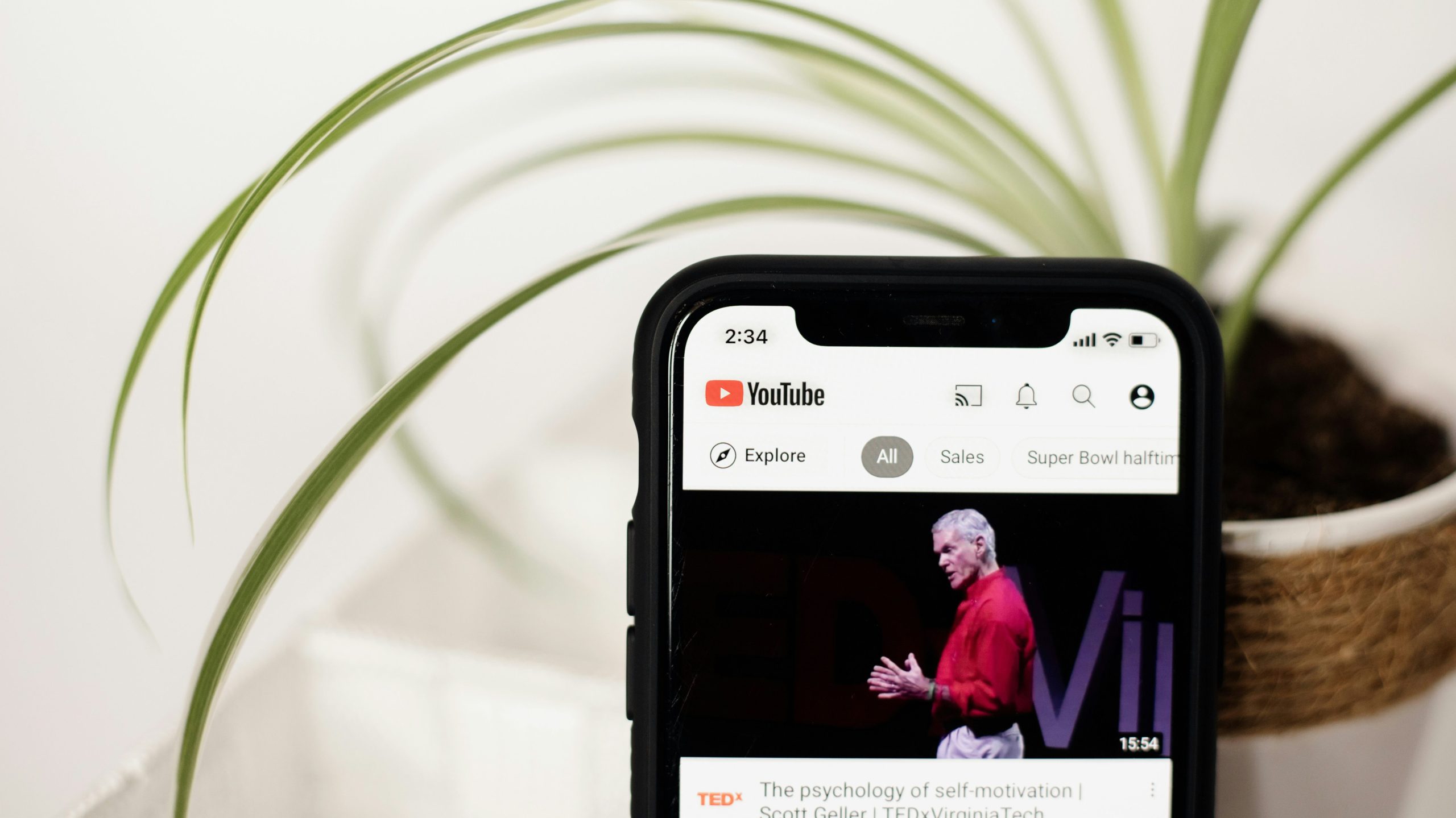This blog is part of our series, Top 5 Social Media Platforms for Small Businesses in 2025. If you’re exploring other platforms, check out our blogs on Instagram, LinkedIn, TikTok, and Facebook for insights tailored to your business needs.
YouTube
Leveraging the power of video content, YouTube has established itself as an indispensable marketing platform for small businesses, with its status as the world’s second-largest search engine making it a crucial channel for brand visibility and customer engagement.

YouTube for Small Businesses Overview
The platform’s impressive reach extends to over 2 billion monthly active users, with research showing that 73% of small businesses with YouTube channels report significant customer base growth. What sets YouTube apart is its dual function as both a social media platform and a search engine, providing businesses with unprecedented opportunities for long-term content visibility and organic reach.
YouTube’s effectiveness stems from its ability to host diverse content formats that serve multiple business objectives:
How-to Videos
Educational Value, High retention
Product Reviews
Sales Conversion, Direct impact
Behind-the-scenes
Brand Building, Community engagement
Live Sessions
Real-time Interaction, Immediate feedback
Customer Stories
Social Proof, Trust building
YouTube Features For Businesses
The platform offers a comprehensive suite of business tools designed to maximise marketing impact and measure success:
Analytics Dashboard
- Detailed viewer demographics
- Watch time metrics
- Traffic source analysis
- Audience retention data
- Real-time performance tracking
The YouTube Creator Studio provides businesses with powerful features for content optimisation and channel management. The platform’s shopping features enable direct product tagging in videos, creating seamless paths to purchase. Additionally, the YouTube Partner Program offers monetisation opportunities once channels meet eligibility criteria.
YouTube Video Marketing Strategies
Success on YouTube requires a strategic approach to content creation and optimisation. Here are key strategies that drive results:
Content Optimisation
- Research and target relevant keywords
- Create compelling thumbnails
- Write detailed descriptions
- Use timestamps for longer videos
- Implement end screens and cards
Engagement Enhancement
- Encourage subscriptions and comments
- Respond to viewer feedback
- Create playlists for related content
- Cross-promote across social platforms
- Utilise community posts
The platform’s algorithm favours videos with higher retention rates, making it crucial to focus on creating engaging content that keeps viewers watching. Live streaming capabilities have become increasingly important, with 81% of businesses reporting that live sessions help build stronger customer relationships.
YouTube’s advertising platform offers sophisticated targeting options through Google Ads integration. Small businesses can leverage various ad formats:
Skippable In-Stream
Brand Awareness, Optional viewing after 5 seconds
Video Discovery
Product Promotion, Appears in search results
Bumper Ads
Quick Messages, 6-second non-skippable format
Overlay Ads
Website Traffic, Semi-transparent overlay
For optimal results, businesses should maintain consistency in posting schedules and video quality. The platform’s research indicates that channels posting at least weekly see significantly higher engagement rates. Video length optimisation is crucial, with data showing that videos between 7-15 minutes typically perform best for business content.
YouTube’s search algorithm considers multiple factors when ranking videos, including:
- Watch time and retention rates
- Engagement metrics (likes, comments, shares)
- Channel authority and consistency
- Keyword optimisation
- Click-through rates from thumbnails
The platform’s community features enable businesses to build engaged audiences through:
- Regular community post updates
- Polls and surveys
- Preview content
- Behind-the-scenes glimpses
- Exclusive announcements
Conclusion
Social media platforms offer distinct advantages for small businesses seeking to build their digital presence in 2024. Facebook provides comprehensive business tools and a broad demographic reach, while Instagram excels in visual storytelling and commerce. LinkedIn stands out for B2B networking and professional credibility building, as TikTok delivers creative engagement opportunities through short-form video content. YouTube rounds out the mix with long-form video capabilities and search engine benefits, making it valuable for educational content and brand building.
Strategic platform selection proves essential for small business success in today’s digital marketplace. Companies should evaluate their target audience, content capabilities, and business objectives when choosing which platforms deserve their focus and resources. Success demands more than mere presence; it requires consistent engagement, authentic content creation, and adherence to platform-specific best practices. Small businesses that master these elements across their chosen platforms position themselves for sustained growth and meaningful customer connections in the evolving social media landscape.
Want to explore more? This blog is part of our series on Top 5 Social Media Platforms for Small Businesses in 2025.
Discover how other platforms can boost your business:
- Instagram: How to Drive Engagement in 2025
- LinkedIn: Unlocking B2B Growth in 2025
- TikTok: Leveraging Viral Success in 2025
- Facebook: Why Facebook Still Leads in 2025
Check them out and find the perfect platform for your business goals!